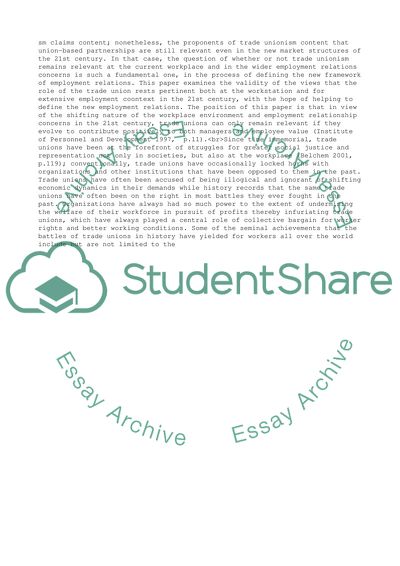Cite this document
(Contemporary Employment Relations Essay Example | Topics and Well Written Essays - 2500 words, n.d.)
Contemporary Employment Relations Essay Example | Topics and Well Written Essays - 2500 words. https://studentshare.org/human-resources/1810318-contemporary-employment-relations
Contemporary Employment Relations Essay Example | Topics and Well Written Essays - 2500 words. https://studentshare.org/human-resources/1810318-contemporary-employment-relations
(Contemporary Employment Relations Essay Example | Topics and Well Written Essays - 2500 Words)
Contemporary Employment Relations Essay Example | Topics and Well Written Essays - 2500 Words. https://studentshare.org/human-resources/1810318-contemporary-employment-relations.
Contemporary Employment Relations Essay Example | Topics and Well Written Essays - 2500 Words. https://studentshare.org/human-resources/1810318-contemporary-employment-relations.
“Contemporary Employment Relations Essay Example | Topics and Well Written Essays - 2500 Words”. https://studentshare.org/human-resources/1810318-contemporary-employment-relations.


